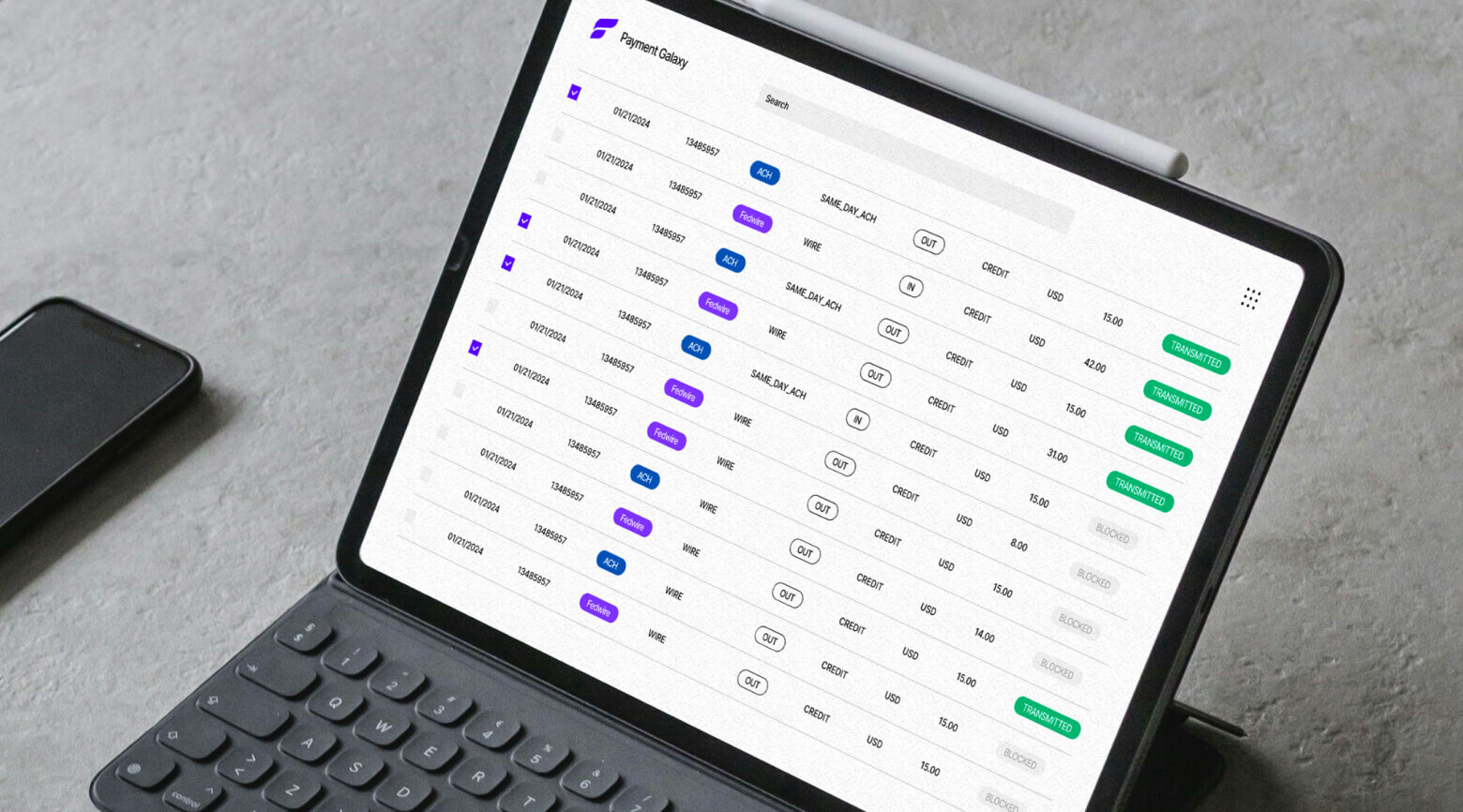
When Banks Merge, Payments Get Messy. Here’s How to Keep Them Moving.

The adoption of centralized payment processing systems, commonly referred to as 'Payment Hub 2.0,' by financial institutions is no longer viewed merely as a technological enhancement but as a strategic imperative. Driving this transformation is the need to improve efficiency, reduce costs, and enhance security and customer experience in payment processing.
At Nacha's Smarter Faster Payments 2024, our CEO, Booshan Rengachari, joined a panel discussion alongside Laine Donlan, SVP Enterprise Payments Technology at Truist Financial Corporation, and Mitch Seigel, Partner at Payments Technology Consulting, Ernst & Young. Together, they delved into the intricacies of payments hubs, exploring the often-overlooked pitfalls of non-hub setups, the benefits of Payment Hub 2.0, and the catalysts propelling this transformation.
Traditional payment systems in banks are fraught with inefficiencies. Different types of payments, such as wire transfers, ACH, and real-time payments, are handled through siloed platforms, often from different vendors. This fragmentation breeds high operational costs due to the necessity of separate updates, redundant integrations with core, general ledgers, fraud management, AML systems, and training staff across each system. Siloed setups also heighten the risk of errors and fraud while rendering compliance a complex and cumbersome undertaking. Moreover, each discrete system may demand updates and adjustments as regulations evolve or new technologies emerge, impeding banks' capacity to compete and innovate effectively.
Banking professionals and bank operations are often preoccupied with addressing numerous technology issues rather than focusing on meeting the actual needs of customers.
What's more, customers suffer from a confusing array of fragmented experiences due to the "complex mess of integrations and systems", leading to a frustrating experience that adversely affects retention and satisfaction. As Booshan highlighted, it's akin to sending a package at FedEx and having to navigate numerous counters contingent on the destination and shipping method.
Overall, this siloed, fragmented experience is less than ideal for both customers and banks. Moreover, as Booshan highlighted in the session, with banks allocating nearly 80% of their budget solely to maintaining legacy systems, there's a compelling drive to transition towards a more centralized payment handling system.
In the absence of a payment hub, banks grapple with diminished control, reduced manageability, increased operational exposure, and heightened susceptibility to fraud. This reduced control also translates to a greater inability to effectively address these issues.
The advent of Payment Hub 1.0, the initial stage, represents a step toward gaining control over existing environments that lack a payment hub. For banks entrenched in incumbent payment systems that cannot be easily replaced, transitioning to Payment Hub 1.0 represents progress, offering a unified orchestration layer for managing and processing payment instructions through an orchestration layer without necessitating extensive system overhaul. This first-generation payment hub allows banks to use the orchestration layer as a centralized hub to manage channels, payment rails, OFAC, AML, the core system, and more, offering a more streamlined experience with an enhanced user interface. However, it still requires the management of multiple separate payment systems behind the scenes.
Although Payment Hub 1.0 may set the stage and mark an initial stride towards attaining the ideal hub, it also carries certain risks, particularly if it remains rooted in outdated technology. Persistent concerns revolve around resilience, segmentation, and network uptime, especially when managing these elements within a single platform reliant on legacy orchestration capabilities. In some respects, legacy orchestration payment hubs merely replace one form of complexity with another.
Leading financial institutions are shifting from older orchestration Payment Hub 1.0 to the advanced orchestration capabilities of next-gen Payment Hub 2.0. This move facilitates future modular transformation to the ideal state, allowing banks to retain control, with central visibility over payments, and exceptions. It also enables them to offer a unified API from a cloud-native platform, empowering quick participation in embedded banking and optimizing current infrastructure.
'Payment Hub 2.0' signifies a transformative departure from conventional payment processing environments. It ushers in a centralized paradigm where all payment types are funneled through a single, unified system that centrally processes payments from all channels. This approach facilitates the consolidation of payment operations into one cohesive team, irrespective of the payment rail or channel through which the transactions originate. Regardless of the source, every payment flows into the centralized payment hub, enabling comprehensive visibility through a unified dashboard that displays messaging, metrics, and affords the ability to take actions within that consolidated interface.
This cohesive system streamlines operations, simplifying maintenance and updates while lowering costs. Additionally, it requires only one integration with core systems, reducing expenses and accelerating time to market. A robust, centralized payment hub ensures improved uptime and reliability across all payment types, boosting client trust and satisfaction.
Customers benefit from a uniform and smooth interface for all their payment requirements, greatly improving their overall experience. Moreover, by utilizing a centralized hub, banks can promptly adjust to regulatory changes, aligning with standards such as ISO 20022, thereby maintaining a competitive edge in the market.
Payment Hub 2.0 requires a completely different and forward-thinking mindset. However, I believe it's crucial to examine both payment hub models and devise a plan. How can I transition to 2.0 step by step? Perhaps there's a specific approach that constitutes the long-term path.
The transition to Payment Hub 2.0 is being fueled by several key factors. Technological advancements within the banking sector necessitate systems capable of efficiently handling high transaction volumes through cloud-based payment processing engines. Additionally, compliance with new financial regulations and payment standards like ISO 20022 requires timely adherence, facilitated by regular updates to a central payment hub. Furthermore, competition from fintech companies compels traditional banks to offer innovative and user-friendly payment solutions.
Consolidating payment systems into a single hub not only significantly reduces operational expenses but also streamlines infrastructure, enabling up to 100% straight-through processing for payments. This move aligns with modern customers' expectations for rapid, reliable, and seamless payment processing experiences, which are more effectively delivered through a centralized payment hub.
Moreover, this shift directly enables banks to play confidently in embedded finance, leveraging unified API and centralized control capabilities to efficiently manage and monetize their payment rails.
In conclusion, the decision to adopt a payment hub mirrors the mindset of banks. For those seeking a radical transformation, aiming to unify their operations team, attract younger talent, and revolutionize customer & banker experience, opting for 2.0 represents the direct route. On the other hand, for those preferring a gradual transition, starting with 1.0 orchestration capabilities and gradually advancing to 2.0 with a modern vendor offers a viable long-term strategy.
